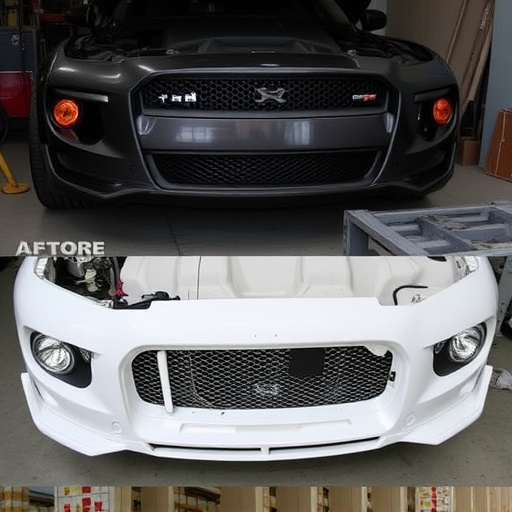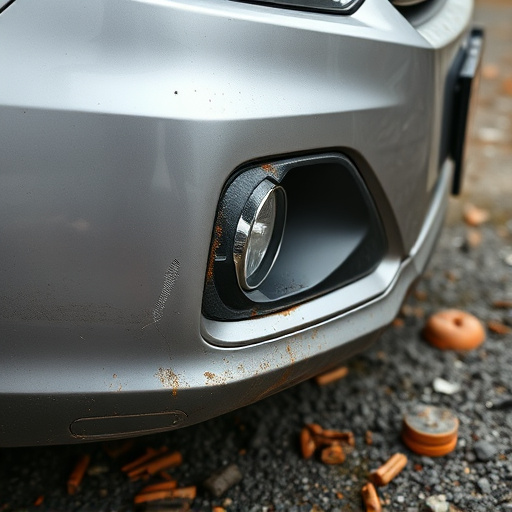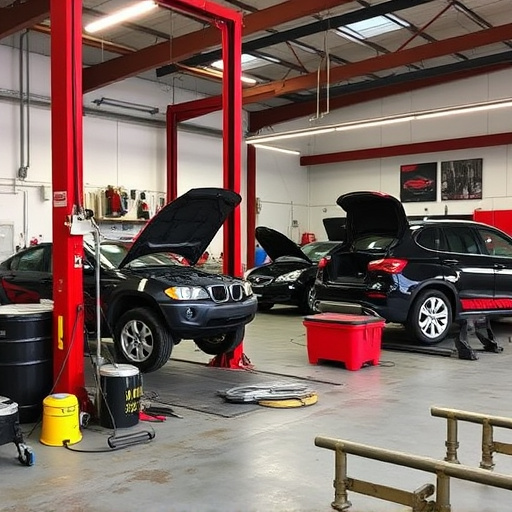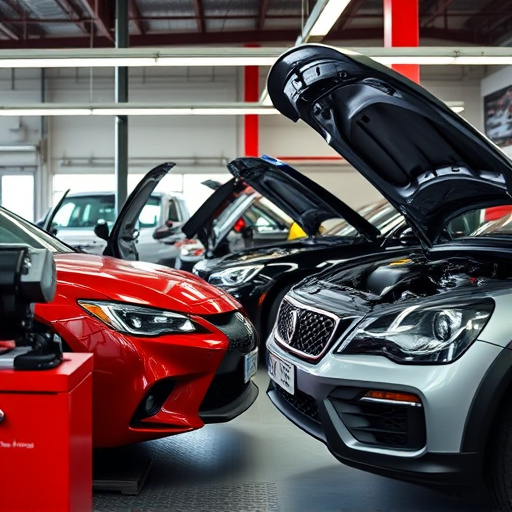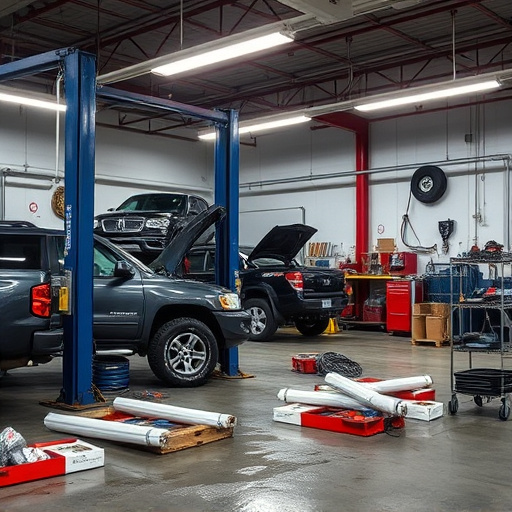Maximize Tesla Supercharger compatibility for long-distance travel by understanding model-specific charging speeds and planning charging stops using apps. Update software, pre-condition battery, avoid extreme temps, park in shaded areas, use regenerative braking, and maintain 20%-80% battery level for fastest charging speeds.
“Unleash the full potential of your Tesla with our comprehensive guide to Tesla Supercharger compatibility and range optimization. Learn the ins and outs of understanding charging requirements for seamless Supercharger integration, maximizing your vehicle’s range during long-distance travel, and efficient charging strategies. Discover tips and tricks to ensure you’re getting the most out of each Supercharger session, extending your range with every charge. Optimize your Tesla’s performance on the road.”
- Understanding Tesla Supercharger Compatibility Requirements
- Maximizing Range: Optimizing Charging Strategies for Long-Distance Travel
- Tips and Tricks to Ensure Efficient Range Extension at Superchargers
Understanding Tesla Supercharger Compatibility Requirements

When it comes to Tesla Supercharger compatibility, understanding your vehicle’s requirements is key to unlocking the full potential of your electric range. Not all Teslas are created equal when it comes to charging speed and capacity, so knowing which model you have and its specific needs is vital. Each Tesla model has different specifications for both charging types—AC (level 1) and DC fast charging (level 2).
For instance, while the Model S and Model X offer faster DC charging speeds due to their advanced battery systems, models like the Model 3 and Model Y are equipped with more cost-effective AC charging capabilities. When visiting an auto repair shop or considering DIY solutions for dent removal on your Tesla, remember that these services should also be compatible with your vehicle’s charging infrastructure. Ensure that any modifications or repairs don’t compromise your Supercharger compatibility to avoid range issues during your next electric journey.
Maximizing Range: Optimizing Charging Strategies for Long-Distance Travel
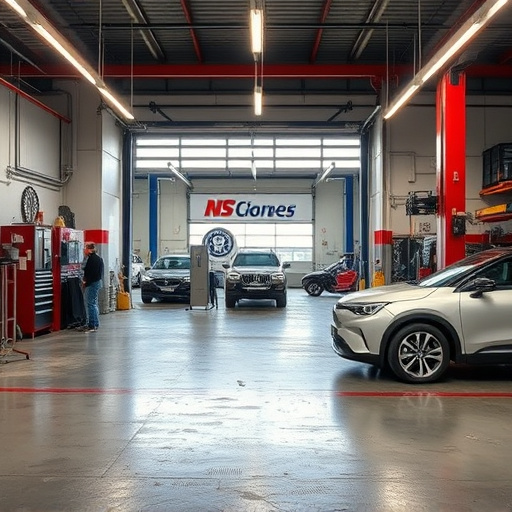
Maximizing Range: Optimizing Charging Strategies for Long-Distance Travel
When planning long-distance trips in your Tesla, understanding Tesla Supercharger compatibility is key to ensuring a smooth journey with minimal range anxiety. The Supercharger network offers fast charging solutions, but efficient strategies can further extend your vehicle’s range. One effective method is to preplan charging stops based on estimated energy consumption and available Supercharger locations. By timing your charges strategically, you can take advantage of the high-power charging capabilities of the Superchargers without excessive battery degradation.
Additionally, utilizing mobile apps or in-car navigation systems that provide real-time range estimates and Supercharger availability data is beneficial. These tools allow drivers to make informed decisions on when to charge, choosing optimal locations with quick turnaround times. For instance, avoiding prolonged stays at a single Supercharger can help preserve battery health, enabling more efficient long-distance travel. Remember, the goal is to balance charging speed with range preservation, ensuring your Tesla is ready for the next leg of your journey without needing an auto body repair after a collision due to impulsive charging practices.
Tips and Tricks to Ensure Efficient Range Extension at Superchargers
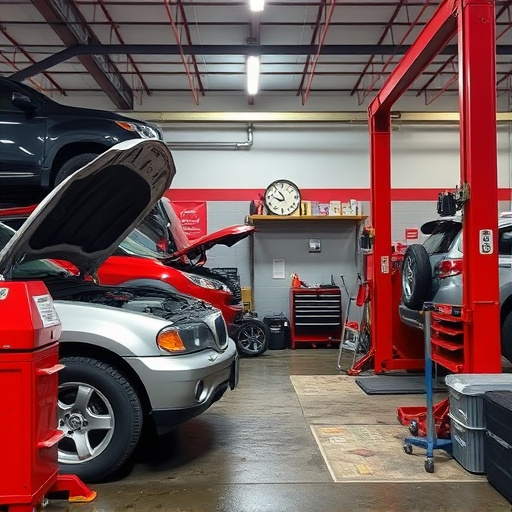
To maximize your Tesla’s range at Superchargers, follow some simple yet effective tips. First, ensure your vehicle’s software is up-to-date; the latest firmware often includes optimizations for faster charging and improved efficiency. Next, pre-condition your battery by using heating or cooling modes before arriving at the Supercharger, as this can significantly impact charge rates. During charging, avoid extreme temperatures—both hot and cold—as they can temporarily reduce your car’s charging speed.
Another trick is to keep your Tesla in a cool, shaded area while charging. Direct sunlight and high temps can stress the battery, leading to slower charging. Also, consider using the regenerative braking feature during charging for an extra boost. Lastly, remember that Superchargers deliver the most power when your car’s battery level is between 20% and 80%. Staying within this range ensures you get the fastest charging speeds possible, extending your driving range even further.
When planning long-distance trips in your Tesla, understanding and leveraging Tesla Supercharger compatibility is key. By optimizing charging strategies and adopting efficient range extension practices, you can maximize your vehicle’s range and minimize downtime. Remember to check Supercharger locations, plan ahead for high-power charging, and consider battery temperature and state of charge to ensure a smooth journey. Embracing these tips will help you navigate your travels with confidence, allowing you to explore further and enjoy the benefits of Tesla’s comprehensive charging network.
